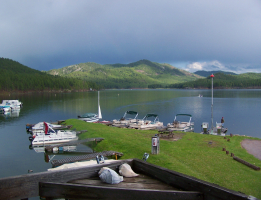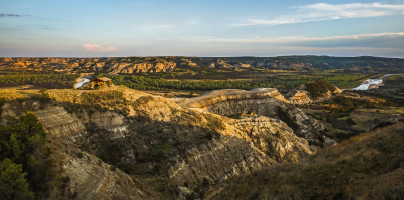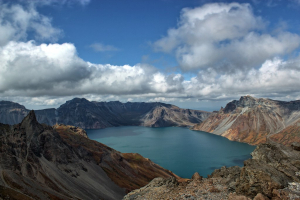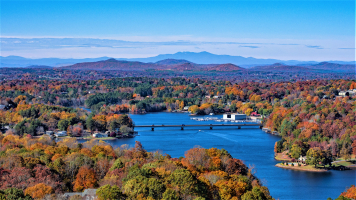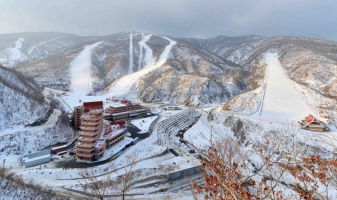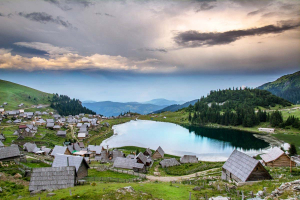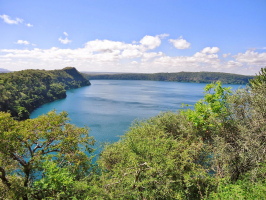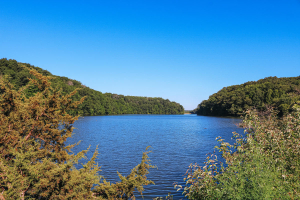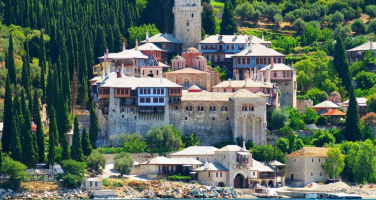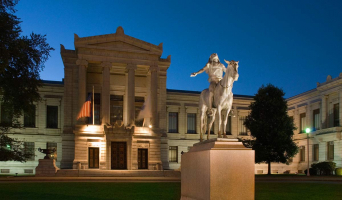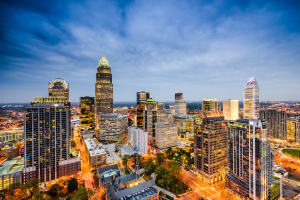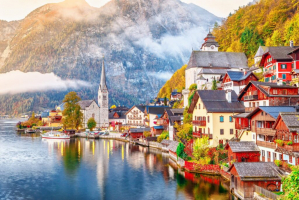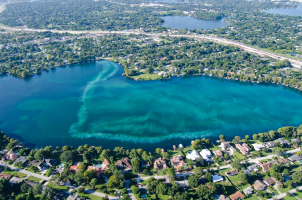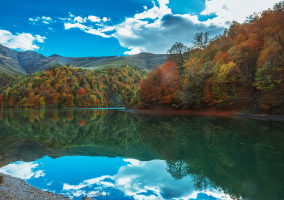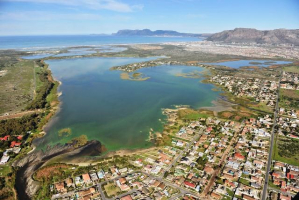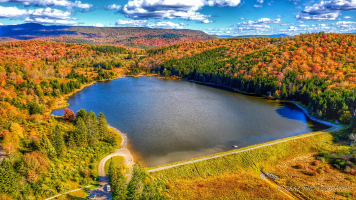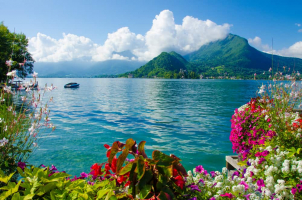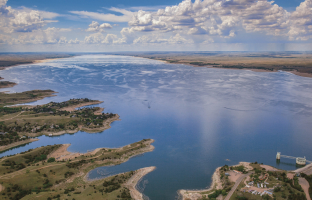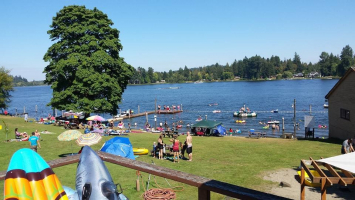Top 12 Best Lakes to Visit in North Dakota
The majority of people in North Dakota concur that the lake is one of the nicest places to be during the summer. Lakes are ideal for many kinds of activities. ... read more...Whatever you choose to do at one of North Dakota's lakes, whether it's dipping your toes into the water and simply resting, swimming, canoeing, or boating, you're sure to make wonderful memories. We’ve listed the best lakes to visit in North Dakota that almost seem magical.
-
Devils Lake, the state's largest natural lake, is located in northeastern North Dakota at a height of 443.24 meters above sea level. The lake is renowned for its wide range of water levels, which can reach as shallow as 18 meters deep during times of heavy precipitation.
Due to its location amid a large chasm with no discernible inlet or exit, Devils Lake received its name. The Ho-Chunk names Te Wakacakra or De Wakacak, which more accurately translate to "Sacred Lake" or "Spirit Lake," are mistranslated into the title "Devils Lake." Spirit Lake is very significant in Ho-Chunk oral history, and the voices of spirits were frequently heard during the ceremonies.
Devils Lake is a well-known recreational lake that draws visitors from both domestic and foreign countries. The Grahams Island State Park and Sullys Hill National Game Preserve are located there, and Spirit Lake Reservation is situated on the lake's southern bank.
The majority of visitors come for the excellent fishing, particularly the perch. Boat ramps are available for anglers, but camping, picnicking, and boating are other popular leisure pursuits in this area. The lake is accessible during the winter for ice fishing.Location: Ramsey & Benson counties
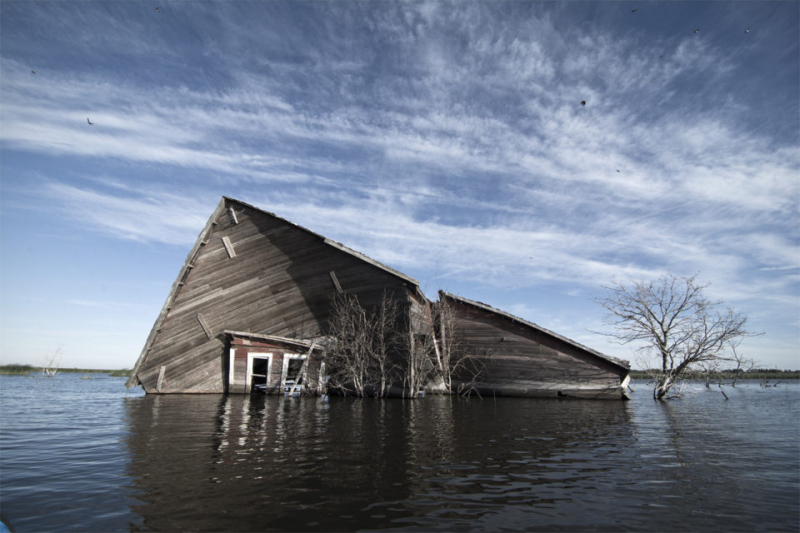
Photo: Ringling House Bed and Breakfast 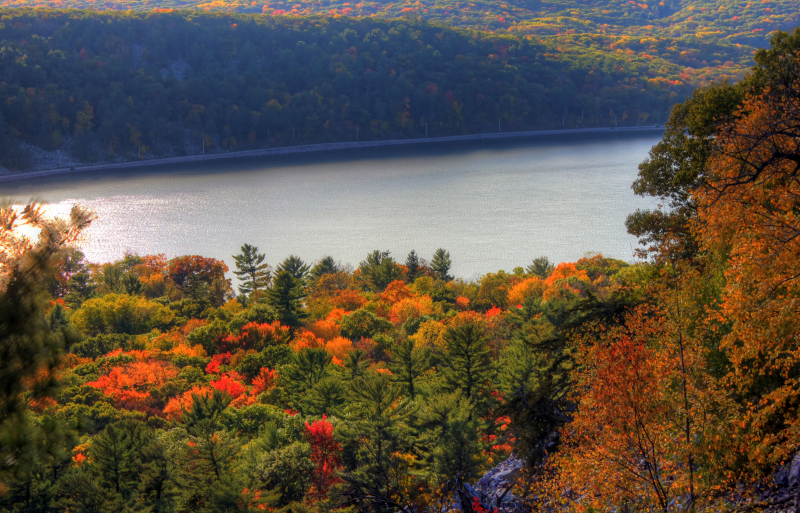
Photo: Wikimedia Commons -
The third-largest artificial reservoir in the United States is Lake Sakakawea. To stop the Missouri River from flooding and to act as a local energy source, Lake Sakakawea was built. The Army Corps of Engineers began work on the Garrison Dam in the 1940s and early 1950s, and it was completed in 1953.
The female Shoshone guide Sakakawea, also known as Sacagawea, guided the Lewis & Clark expedition north on the Missouri River during their travels through this region at the beginning of the 19th century, earning the lake its name.
With a surface area of 124 hectares, Lake Sakakawea is the largest in the state. It runs across six counties in central North Dakota over a distance of 286 kilometers. The lake is located along the Missouri River about 80 kilometers from Bismarck, the state's capital. Numerous recreational opportunities along its 2,120 km of shoreline lure visitors from across the nation and abroad.
Parks, wildlife management areas, wildlife refuges, and leisure zones border Lake Sakakawea. Although there are picnic places, swimming beaches, and hiking trails, the lake's most popular activities are fishing, boating, and camping. There are two more parks on the lake that are close by: Little Missouri State Park to the west and Fort Stevenson State Park on the lake's northern bank across from the dam.
Location: Dunn, McKenzie, McLean, Mercer, Mountrail & Williams counties
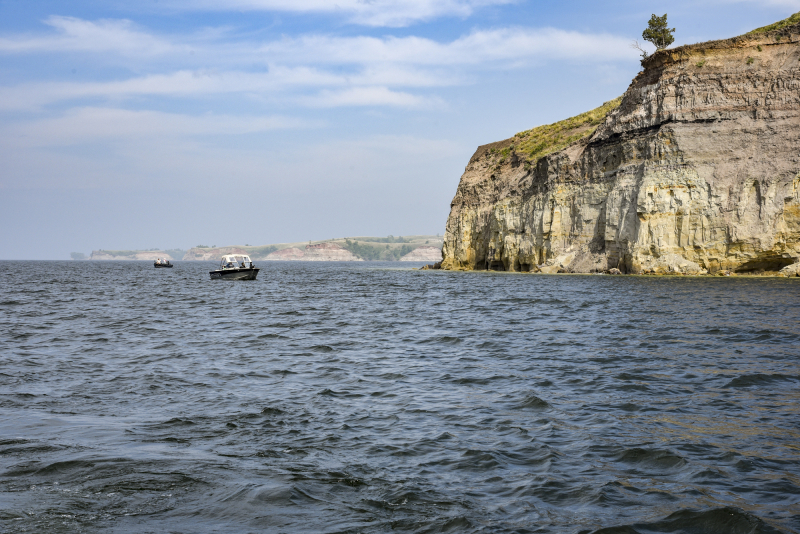
Photo: North Dakota Tourism 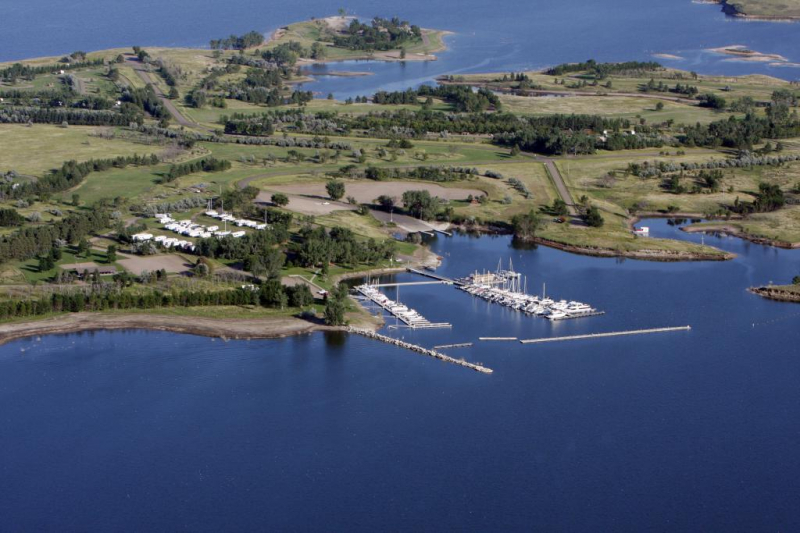
Photo: North Dakota Parks and Recreation - ND Gov -
Nearly as far north as Bismarck, North Dakota, Lake Oahe begins just north of Pierre, South Dakota. US Route 212 west of Gettysburg, South Dakota, and US Route 12 in Mobridge both cross Lake Oahe through bridges. Nearly 9 miles west of Gettysburg, the former town of Forest City has been submerged beneath Lake Oahe. The region's prehistoric archaeological sites, including Molstad Village near Mobridge, have been investigated. It is a National Historic Landmark and dates back to a time before the Arikara, Hidatsa, and Mandan emerged as distinct peoples.
Each year, more than 1.5 million people come to the lake to enjoy one of its 51 leisure zones, many of which are in North Dakota. A boat ramp, camping places, marinas, picnic spaces, and hiking paths are among the amenities found at many of the recreation facilities.
Fish including walleye, channel catfish, northern pike, and smallmouth bass may be caught at Lake Oahe, which attracts tourists for its fantastic fishing. Additionally, populations of the threatened pallid sturgeon are found in the lake. The lake also provides swimming, water skiing, and a variety of other water sports.
Location: Emmons, Sioux, Morton & Burleigh counties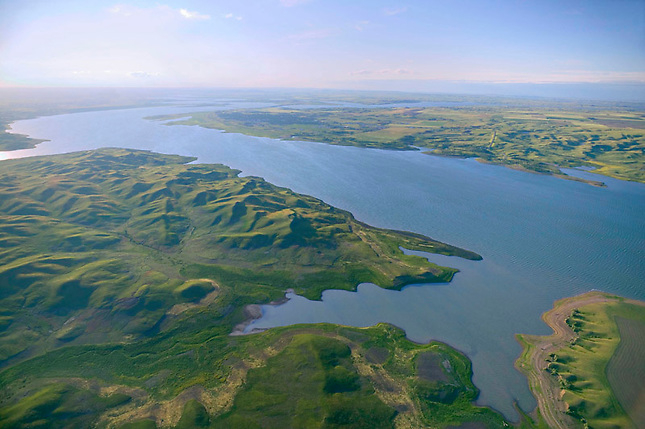
Photo: Galleries | Ron Lowery 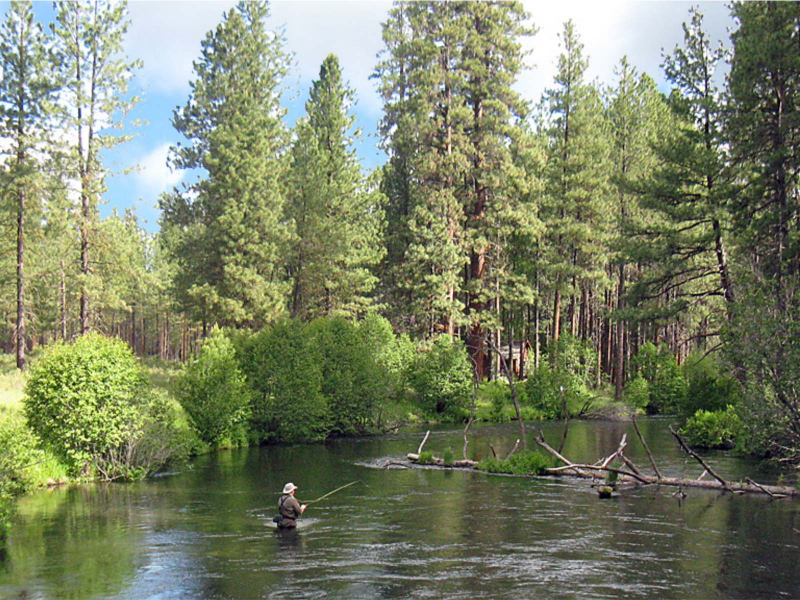
Photo: RootsRated -
Stump Lake, a lake northeast of and smaller than Nicola Lake at around 11 km long, is located in the Nicola Country region of the South-Central Interior of British Columbia, Canada. The Old Settler's Pavilion, which is listed on the U.S. National Register of Historic Places, is located on this naturally formed lake, which is located just east of Devils Lake. Stump Lake has a surface area of more than 6,370 hectares and a shoreline that is almost 117 kilometers long. The Old Merritt Highway leads just 53 kilometers north to Stump Lake from Merritt (5A). The lake, which is well-liked for boating, fishing, and other outdoor water activities, is rich in ranching and home to the storied Stump Lake Ranch.
It is a closed lake that receives all of its water from rain and human sources, hence the depth changes seasonally. This implies that various activities can be enjoyed throughout the year at various periods.
The southeast shoreline of Stump Lake Park is where a variety of year-round activities are available. In addition to skating, other winter and summer activities include fishing, camping, hiking, water skiing, and other water sports.Location: Nelson County
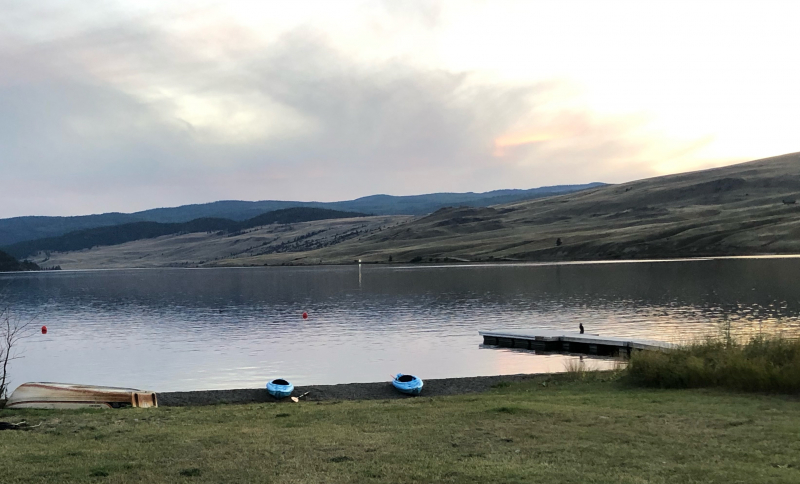
Photo: Wikipedia 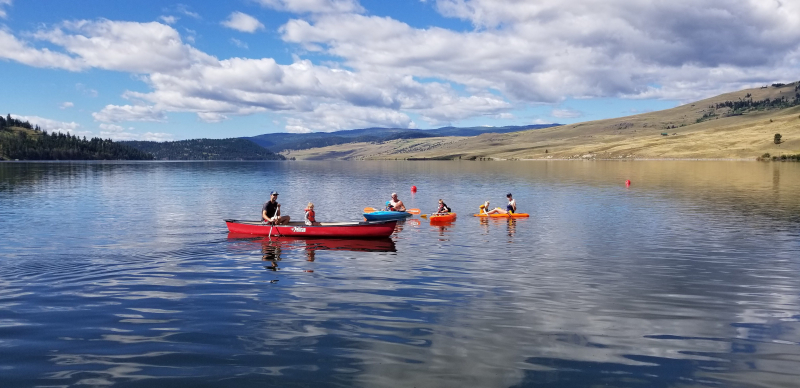
Photo: Wikipedia -
A little more than two miles from the Manitoba-Ontario boundary, the Red Willow Lake outpost is situated on the Poplar River network. Red Willow has beautiful east rapids with a height difference of more than 100 feet (30.5m). Trophy walleye, northern pike, and perch can be found in this lake, which offers some of the best fishing in the province of Manitoba. Red Willow is 16 kilometers (10 miles) long, with an average depth of 12 to 14 feet (3.7-4.3m). The water here is forty feet deep at its deepest (12m). Since 1882, the 60 acre lake has served as a recreational facility, drawing both domestic and foreign visitors.
There are campers and resorts along the lake's 4.5 km of shoreline, including the family-run Red Willow Lake Resort. The resort is located where the lake's historic leisure area once stood, and it has played home to many events throughout the years.
The resort offers paddleboat and boat rentals along with a swimming beach, a boat ramp, and a fishing pier. Although camping is only available at Red Willow Lake Resort, the secluded lake is surrounded by trees and other vegetation.
Location: Griggs County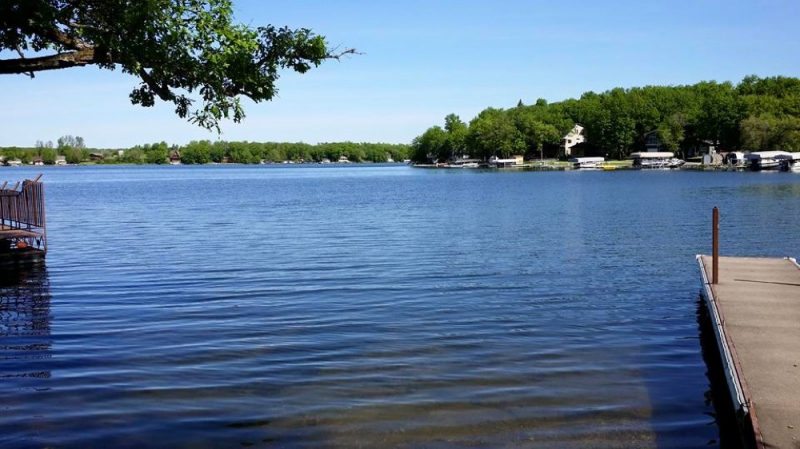
Photo: Camp Native 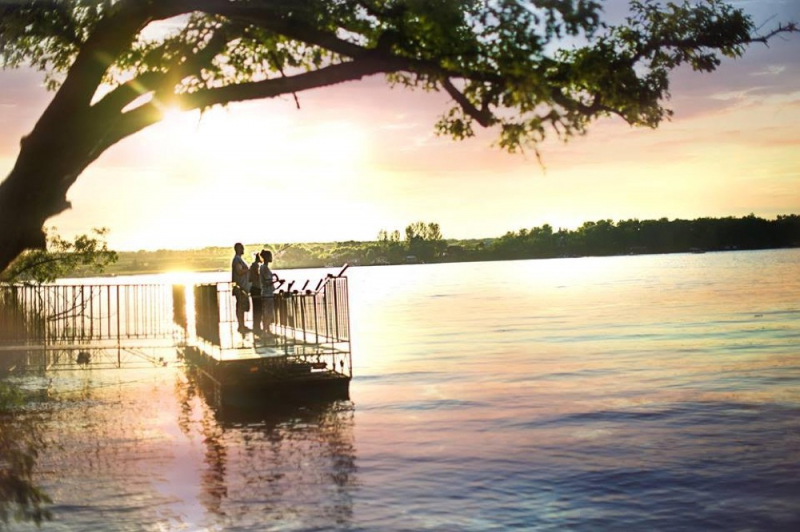
Photo: Camp native -
Lake Upsilon located in Rolette County is one of the best lakes to visit in North Dakota. This stunning Y-shaped lake is situated just north of 106 Street NE in northern North Dakota, close to the Canadian border. The lake has a maximum depth of 27 feet and a surface area of 422 acres. Black crappie, bluegill, largemouth bass, northern pike, rainbow trout, smallmouth bass, and walleye are among the species that can be caught there. The lake's asymmetrical shape results in extensive, aesthetically pleasing shorelines. The landscape features a stunning forest.
It is a serene, remote lake located in the Turtle Mountains that is perfect for outdoor leisure. Additionally, swimming, jet skiing, water skiing, and recreational pontoon rides are also very popular there.
For years, families have flocked to the lake to take advantage of its serene ambiance, breathtaking surroundings, and exciting activities. At the southernmost point of the 170 hectare lake, Lion Park provides boat ramps, camping, and fishing opportunities.Location: Rolette County
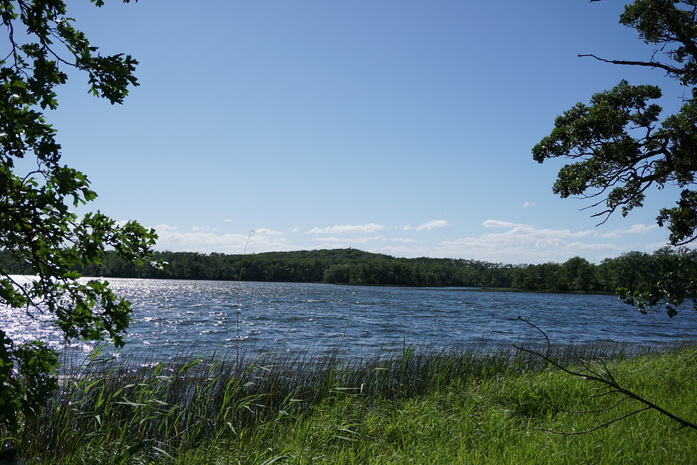
Photo: Lake Upsilon Property for sale 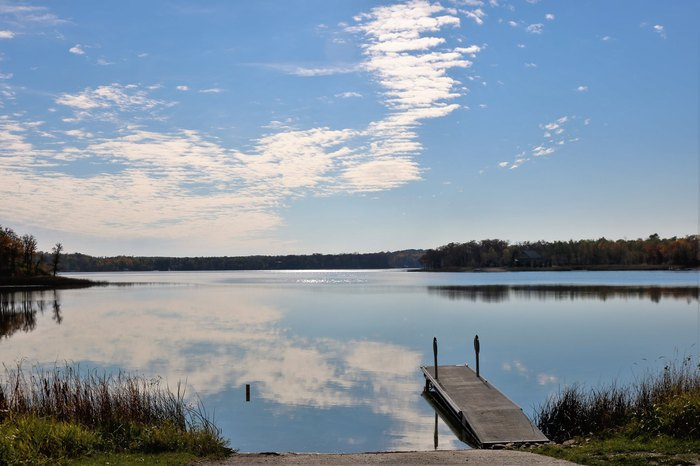
Photo: Only In Your State -
Highway 3 provides quick access to Lake Isabel, a charming and less popular lake. The lake is continuously filled by Colorado Parks and Wildlife, and fishing is permitted there all year round. Fishing, hiking, camping, and sledding are among the available wintertime activities.
On the lake's northern shore, in Custer County, is the town of San Isabel. The majority of the dam is in Pueblo County (on the east side) while the majority of the reservoir itself is in Custer County because the border between the two counties runs north-south through the east side of the lake (on the west side).
Visitors take pleasure in the tranquility and picturesque surroundings at the sandy beach. You can launch your boat in its tranquil seas and take in the surroundings using a boat ramp on its northern shoreline. Visit the neighboring Slade National Wildlife Refuge if you enjoy the outdoors and wildlife to witness the waterfowl and other species that live in the marshes and wetlands. The campground, which is free and situated at the northern end of the lake, also allows you to spend the night there. In Lake Isabel, you can anticipate catching northern pike and yellow perch.
Location: Pueblo County and Custer County
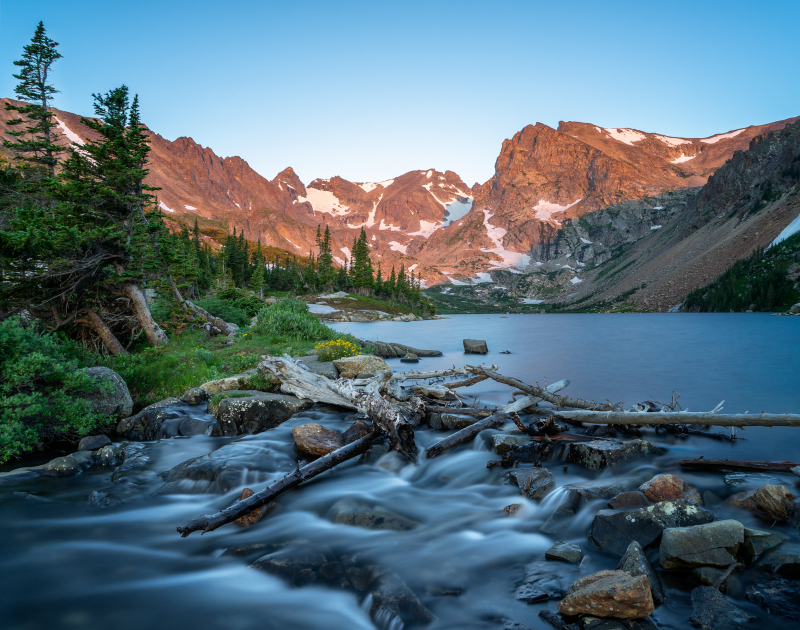
Photo: Reddit 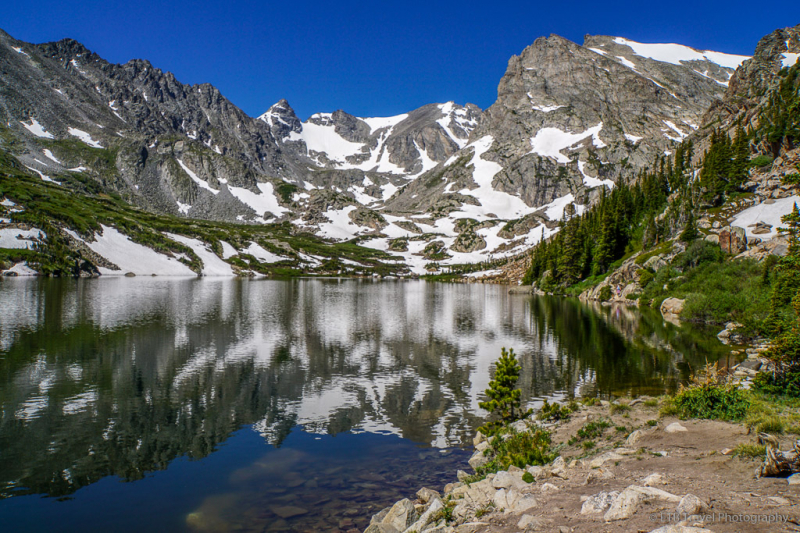
Photo: ETB Travel Photography -
Homme Lake is a reservoir that was built by Homme Dam and gives visitors a magical glimpse of North Dakota's wildness. Homme is home to a variety of minnow species, including creek chub, fathead, and others.
Homme Lake is named in honor of Mr. H.G. Homme, a well-known businessman and investor from Grafton who fervently supported the project. Joshua Homme, a musician, is descended from H.G. Homme. The United States Army Corps of Engineers created the lake, and they continue to manage some of the surrounding lands while the city manages the facilities.
In the summer, you can go hiking and hunting in these undeveloped areas, but in the winter, cross-country skiing and snowmobiling are popular pastimes. To its south is the Homme Dam Recreation Area, which provides a wide range of water sports and camping options. Homme Lake is home to fish species like northern pike, walleye, perch, and crappie.
Location: Walsh County
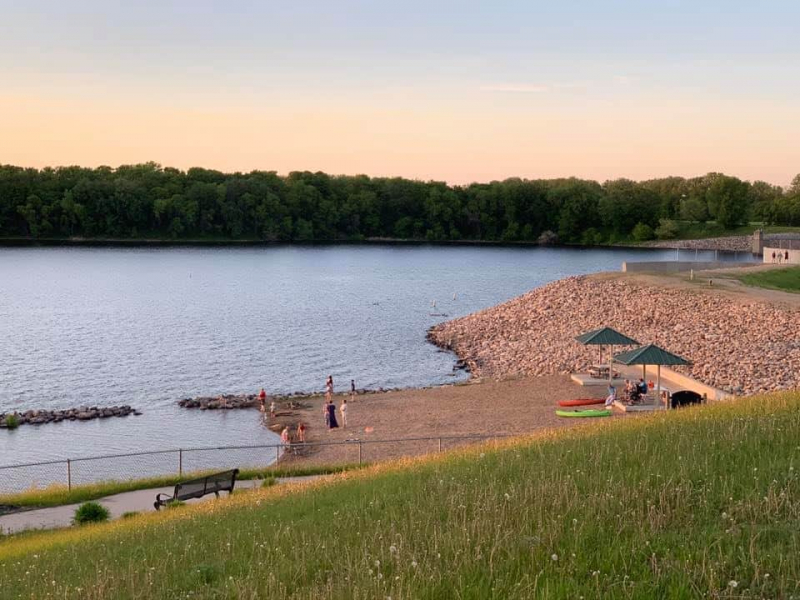
Photo: The Crazy Tourist 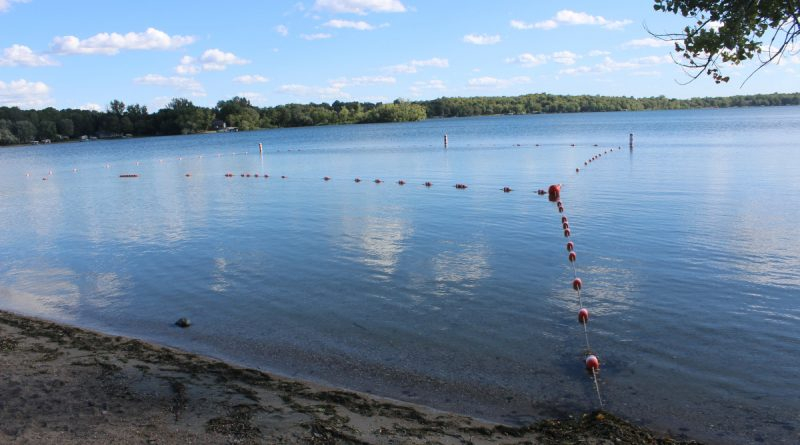
-
A magnificent 45-mile shoreline can be seen at Jamestown Reservoir in central South Dakota. This reservoir protects areas downstream from flooding. The reservoir has a surface area of 2,095 acres of water, 2,492 acres of land, and 45 miles of shoreline. 2 miles north of Jamestown, it offers a contemporary campsite, concessions, boat rentals, and primitive camping. open seven days a week for public usage. Water, electricity, and overnight camping. Species including pike, walleye, crappie, bluegill, smallmouth bass, muskie, and bullhead are among those that are accessible. The Stutsman County Park Board is in charge of overseeing the area's reclamation.
In the summer, tourists flock to the area's two sandy beaches to cool off in its waters. You can stay occupied all day thanks to the seven boat ramps and seven picnic shelters. You can trek or ride a bike along the paths if you want to explore more. On the nearby top-notch disc golf course, you can try your hand at golf in the evening. For overnight lodging, there are two campgrounds and upscale cabins close to the lake.
The following fish species can be found in Jamestown Reservoir: bullhead, muskie, walleye, crappie, bluegill, and crappie.
Location: Stutsman County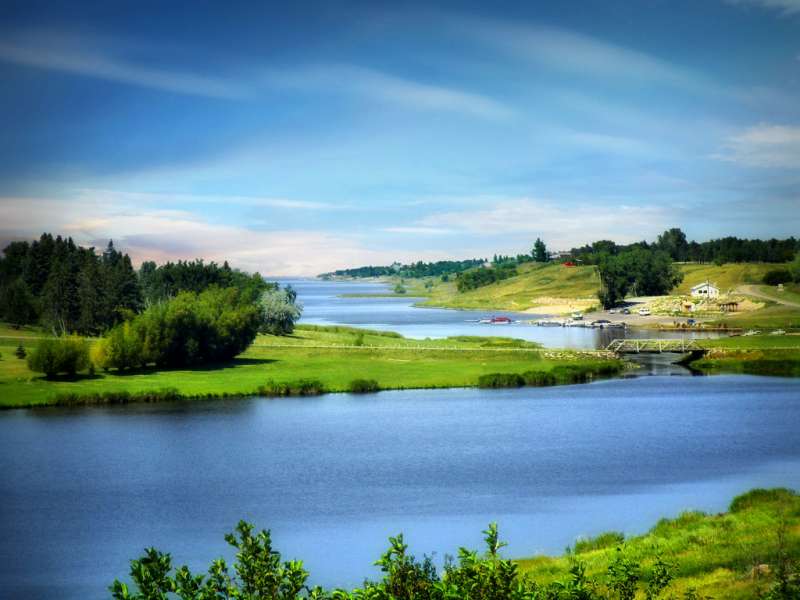
Photo: Flickr 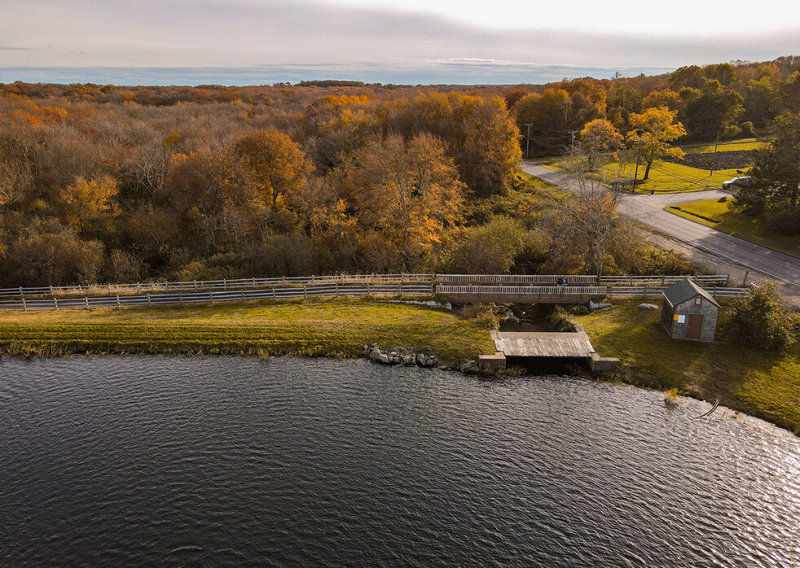
Photo: Pare Corporation -
This 792 hectare lake is located in southern North Dakota within the Tewaukon National Wildlife Refuge, It's one of the best lakes to visit in North Dakota. The 13.6 km of Lake Tewaukon's shoreline are mostly surrounded by a road that provides stunning views of the lake.
Tewaukon National Wildlife Refuge's primary feature is Lake Tewaukon. You may have a beautiful drive around it on the road that surrounds it. You can have a fantastic time spotting them because there are numerous wildlife species and roughly 245 different bird species. Herons, pelicans, ducks, swans, geese, red foxes, badgers, muskrats, and coyotes are a few examples of common animals worth mentioning. The wetlands are also used by various duck, goose, swan, pelican, heron, and cormorant species for nesting and resting when migrating.The tall grasses surrounding the lake are home to a variety of other animals, such as badgers, muskrats, red foxes, minks, and coyotes. Bullheads, perch, walleye, and northern pike are all in good numbers in the lake. Fishing is permitted in Lake Tewaukon, where anglers may catch bullheads, perch, walleye, and northern pike.
Location: Sargent County
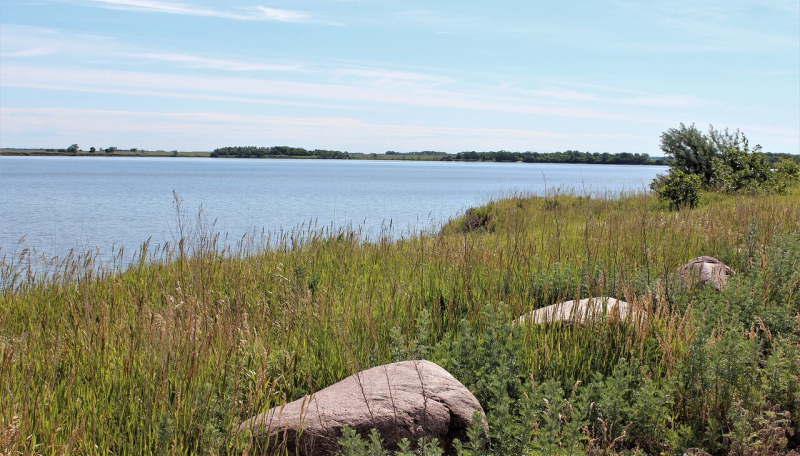
Photo: Tripadvisor 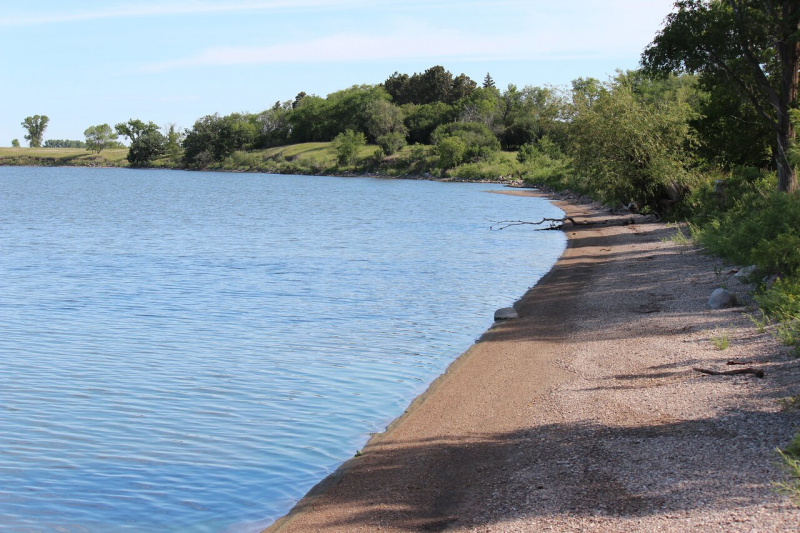
Photo: Tripadvisor -
Long Lake is located immediately east of Highway 83 and south of Interstate 94, entirely within the Long Lake National Wildlife Refuge. President Herbert Hoover established the bird sanctuary in 1932.
The 6,475-hectare lake, which was formed during the most recent ice age and is a location for the Western Hemisphere Shorebird Reserve Network (WHSRN), is home to around 20,000 shorebirds annually. It is a small lake that spans two North Dakota counties for a distance of 29 kilometers. Long Lake, which was named a Globally Important Bird Area in 2001, is a popular destination for birdwatchers looking to see migratory and nesting waterfowl species as well as rare migrant birds.
The lake was recognized as a "Globally Important Bird Area," making it a haven for bird lovers. Near its shores, a wide variety of waterfowl, shorebirds, and unusual migrant birds find shelter. It's a sight to behold because of the surrounding hills covered in blossoming flowers and rolling prairies. To get a panoramic perspective, go to the Butte viewpoint, which is close to Lake Unit 1. Additionally, there is a mile-long track where you may hike and occasionally stop to use your binoculars to see the birds. Do bear in mind that there aren't any camping options and that the refuge shuts at dusk.
Location: Burleigh & Kidder counties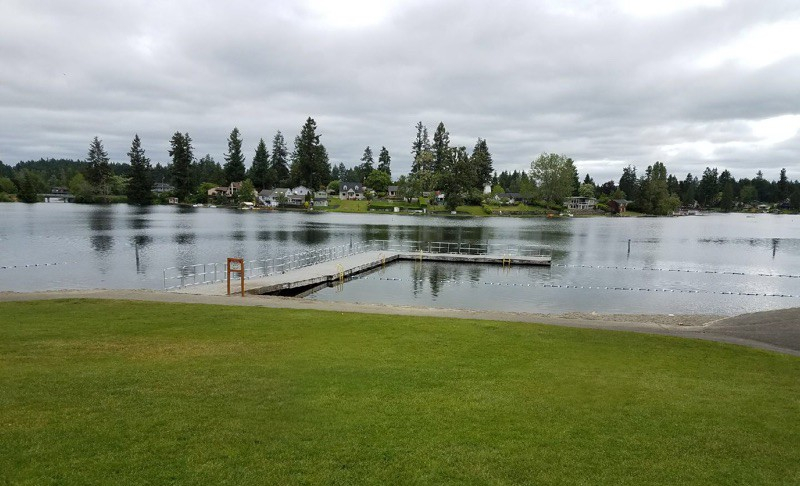
Photo: Experience Olympia 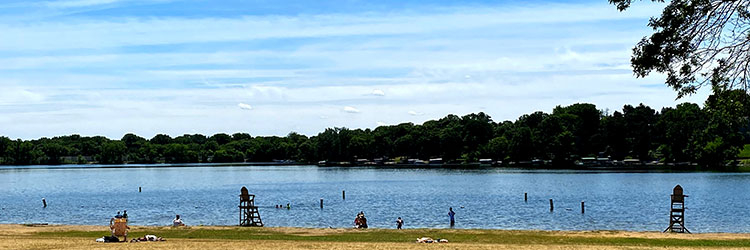
Photo: Ramsey County -
Both Bottineau County, North Dakota, and the Rural Municipality of Winchester, Manitoba, share Lake Metigoshe, a 1,544-acre (625 ha) body of water. The lake can get as deep as 24 feet (7.3 m). On the border between Canada and the United States, it is situated in the Turtle Mountains. Only the northernmost tip of the lake lies in Canada; the rest is mostly inside the borders of the United States. A sizable portion of the lake's shoreline is included in the Lake Metigoshe State Park. It offers picnicking, modern and rustic camping places, swimming, canoeing, sailing, water skiing, and other water sports. The sole international waterskiing club in the United States is the Skinautiques waterskiing club.
When visiting Lake Metigoshe, take in views of the Turtle Mountains from your vacation rental. Rent kayaks or canoes from the visitor center at the nearby Lake Metigoshe State Park, or take a stroll along the shoreline trails to take in the scenery. Treat the family to some comfort food at The Dockside Bar when hunger strikes.
Location: Bottineau County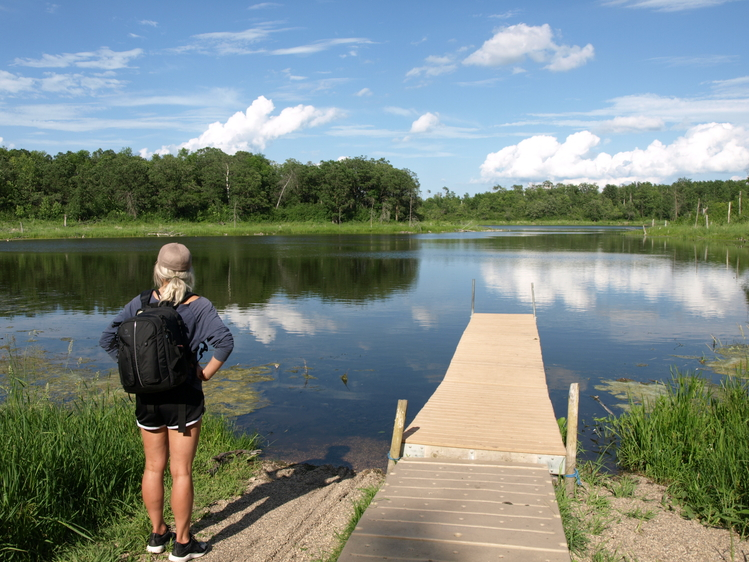
Photo: North Dakota Tourism 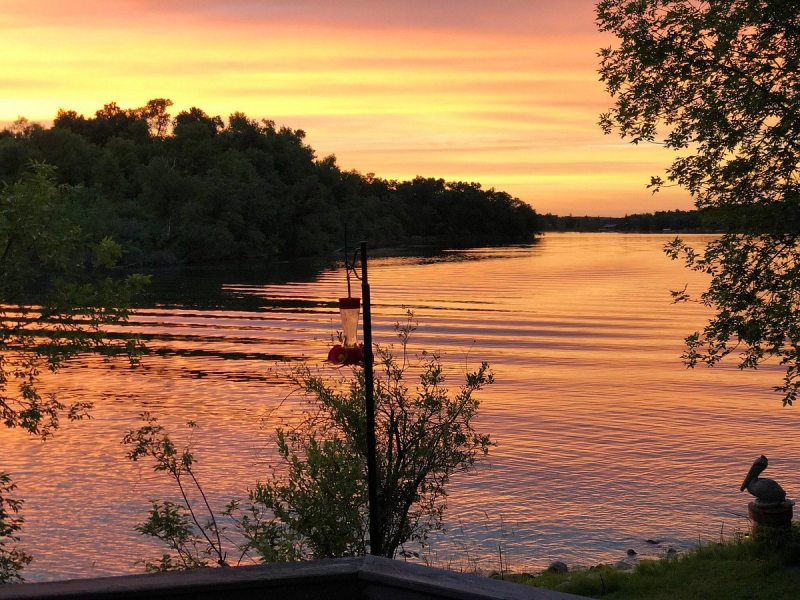
Photo: Tripadvisor














